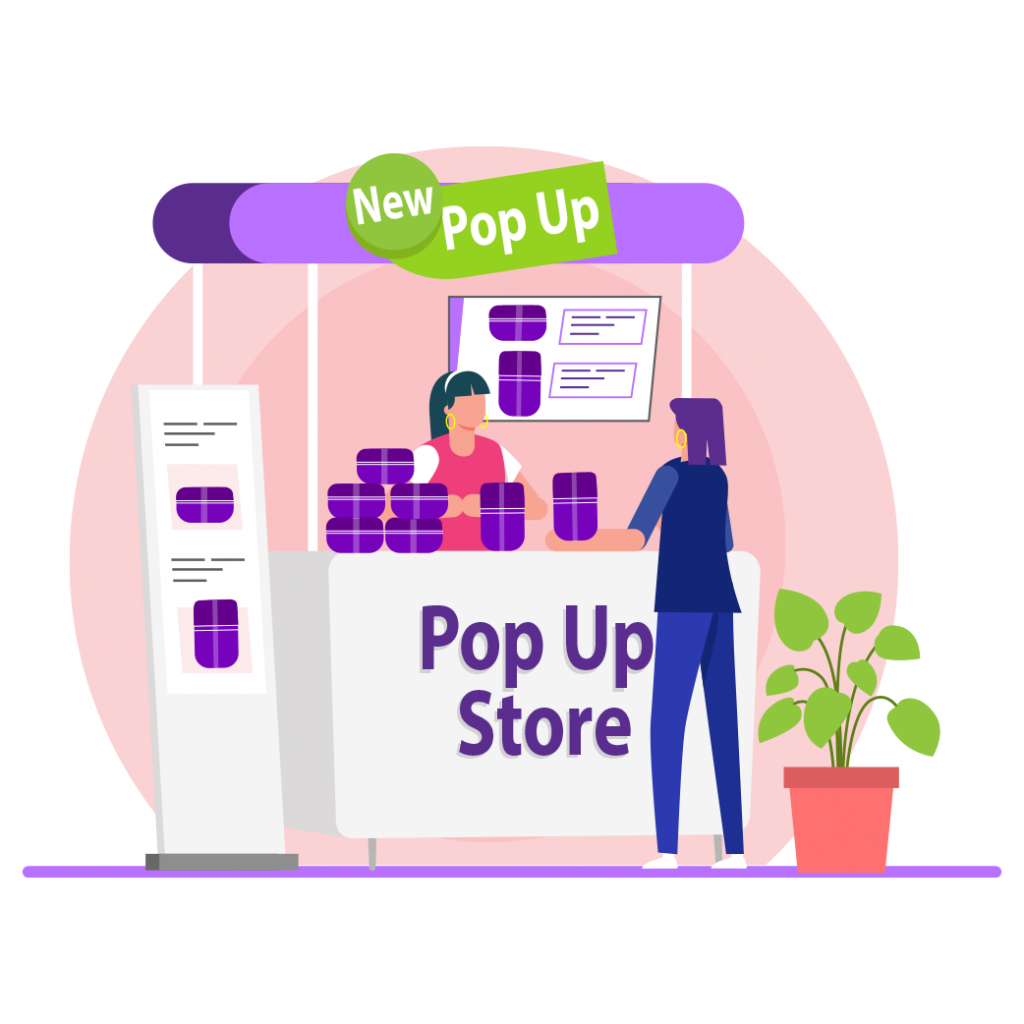POP-UP STORE
(tool)
Brief description
Testing face to face interactions with customers to see if they really make a purchase; use a retail store that is opened temporarily to sell products, usually a trendy or seasonal product.


Prototype Testing

MVPs that can benefit from being expose to a real-life context experience

Feedback and learnings
Refined solutions based on direct user feedback and observations

Preparation, high
Execution, few hours to days
Analysis, high

5/5

8-20 (participants giving feedback)
2-5 (coordinators of the experiment)


